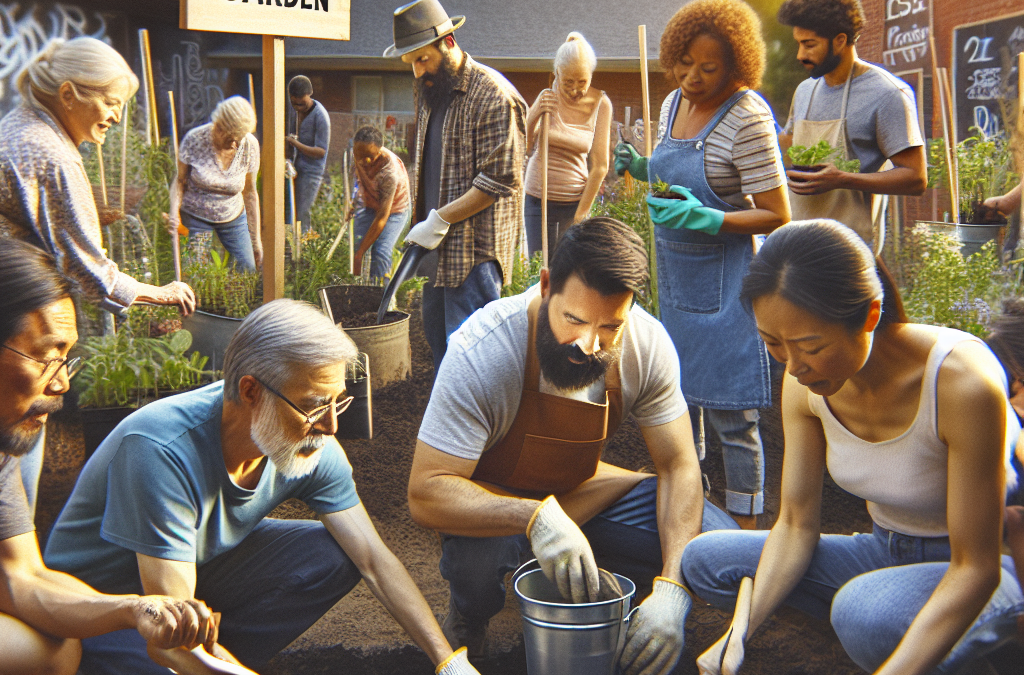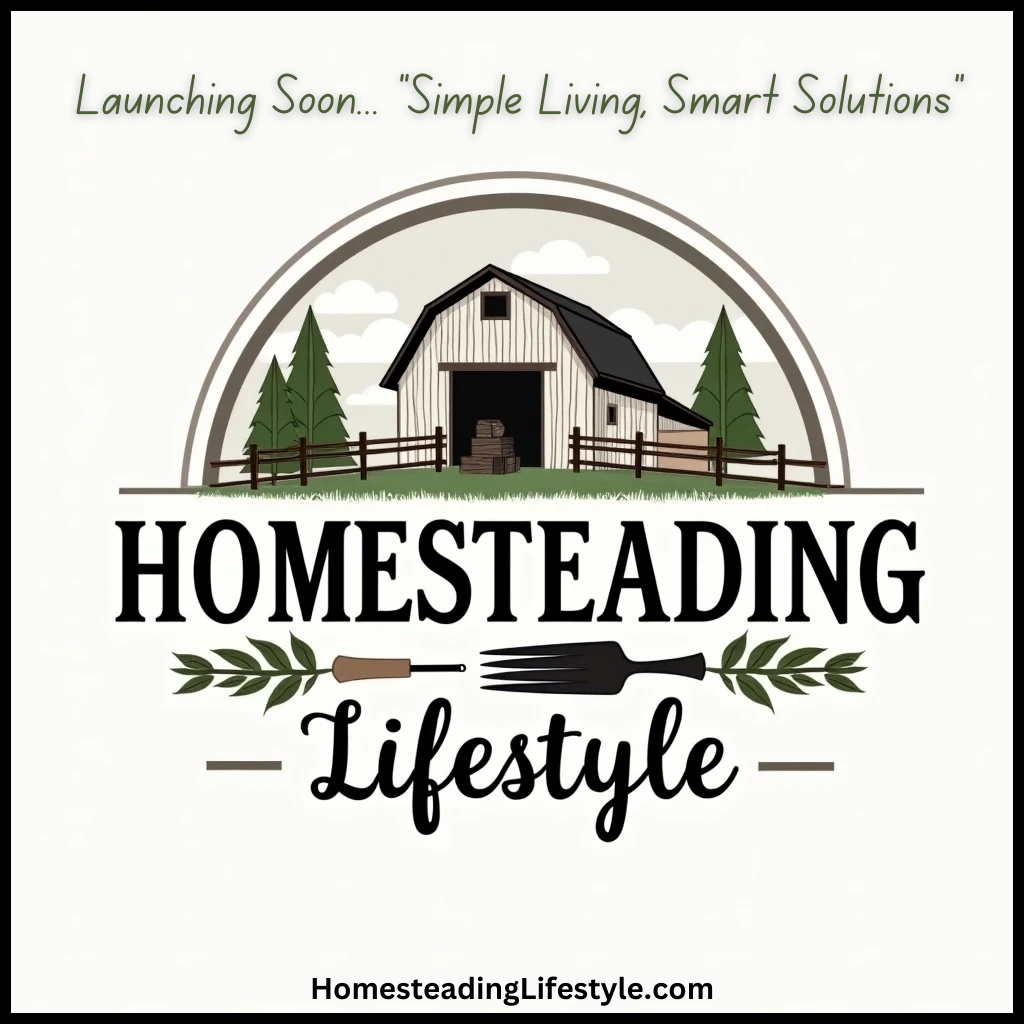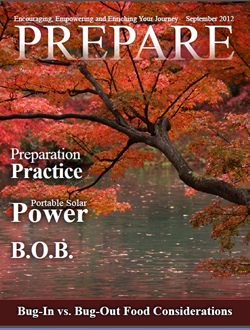Gathering Your Community
Connecting with Neighbors
Starting a community garden is all about bringing folks together, right? The first step in doing that is to connect with your neighbors. I’ve found that the best way to make this happen is to just strike up conversations. Whether it’s at a block party or a casual chat while walking the dog, drop hints about the idea of a garden. You’d be surprised how many people are excited about growing their own food!
Once you’ve initiated conversations, consider hosting a small meet-up. You can invite everyone for a coffee at your place, or meet at a local park. This not only helps to get the buzz going but also allows potential gardeners to share their thoughts, experiences, and skills. Everyone brings something unique to the table, which can make this project even richer.
Moreover, don’t forget to reach out to local community boards or online groups. Social media platforms like Facebook often have local groups where you can post about your idea. The more visibility you give your garden, the more people will feel involved and invested in it!
Finding the Right Space
Assessing Options
Once you’ve gathered a few interested neighbors, it’s time to locate a suitable space for your garden. I’ve learned that finding the right location is crucial to the success of a community garden. Look for plots of land that are accessible, receive enough sunlight, and have good soil quality. Sometimes, local parks or schoolyards might be open to the idea. It’s all about getting creative!
It’s also essential to check with your local zoning laws. Make sure you aren’t stepping on any toes with property lines or neighborhood regulations. I personally stood on a corner of an unused lot once, daydreaming about all the veggies we could grow there, only to learn later that it was tied up in a long-term lease for a future project.
With community backing, you might even approach local businesses to see if they have unused land available. This fosters good relations and gives everyone involved a stake in the success of the garden. Remember, every bit of real estate counts!
Gathering Supplies and Resources
Fundraising Ideas
After securing the land, the next step is to gather resources. This can feel daunting, but don’t stress! It’s amazing what a little creativity in fundraising can do. I’ve found that hosting local events – like bake sales or mini-markets – can raise funds while getting even more people interested in gardening!
Consider reaching out to local businesses for sponsorships. Many are looking for ways to give back to the community, and a community garden aligns with values of sustainability. Plus, it’s a fantastic way for them to promote their business while helping your cause.
And don’t forget about applying for grants! Local horticultural societies and environmental organizations often offer financial aid for community projects. It’s all about digging deep – both literally and figuratively!
Designing Your Garden
Planning Layout and Planting
This is where the fun really begins! Getting everyone together to design the garden is an excellent way to build camaraderie. I love busting out some sketches and dreaming big with my partners. It’s about making sure everyone has a say and feels represented in the design. After all, it’s a collaborative effort!
When planning what to grow, consider the needs and preferences of your community. Do you want to focus solely on vegetables, or also incorporate flowers and herbs? I find that vegetables are always a hit, especially if you can get the neighborhood kids involved. It’s a great way to teach them about where food comes from!
Also, think about accessibility. Raised beds for those with mobility issues can allow everyone to participate fully. The more inclusive you are, the stronger your community becomes around this garden.
Maintaining the Garden Together
Scheduling and Responsibilities
Finally, a garden thrives on care, and that means establishing a maintenance routine with your fellow gardeners. It’s vital to set a schedule for watering, weeding, and harvesting. I suggest creating a simple chart where everyone can sign up for specific days. This way, responsibility is shared, and no one person feels overwhelmed.
While some may be more hands-on than others, it’s important to celebrate small victories together. Perhaps through harvest parties, where you can enjoy the fruits (and veggies) of your labor! This is a great time to foster community spirit and deepen relationships – plus, who doesn’t love a good garden potluck?
Lastly, remember that challenges will arise. Whether it’s pests, weather issues, or disagreements among gardeners, maintaining open communication is key. A community garden flourishes with teamwork, so addressing issues promptly can keep the garden thriving.
Frequently Asked Questions
1. How do I find interested neighbors for a community garden?
Start by chatting with folks in your area and gauge their interest. Hosting local meet-ups is a great way to bring people together and share the garden vision.
2. What if my neighborhood doesn’t have available land for a garden?
Consider reaching out to local schools, parks, or even businesses that might have unused land. You can also explore urban gardening techniques like vertical gardens.
3. How can I fund the supplies needed for the garden?
Get creative! Organize fundraisers, seek sponsorships from local businesses, and apply for grants from horticultural societies.
4. What plants are best for a community garden?
Think about the preferences of your gardeners and choose a mix of vegetables, herbs, and flowers. Make it diverse and inclusive to cater to everyone’s tastes!
5. How do we handle disputes among community members?
Open communication is key. Set clear expectations, and encourage team discussions to resolve issues collaboratively, ensuring everyone feels heard and valued.





